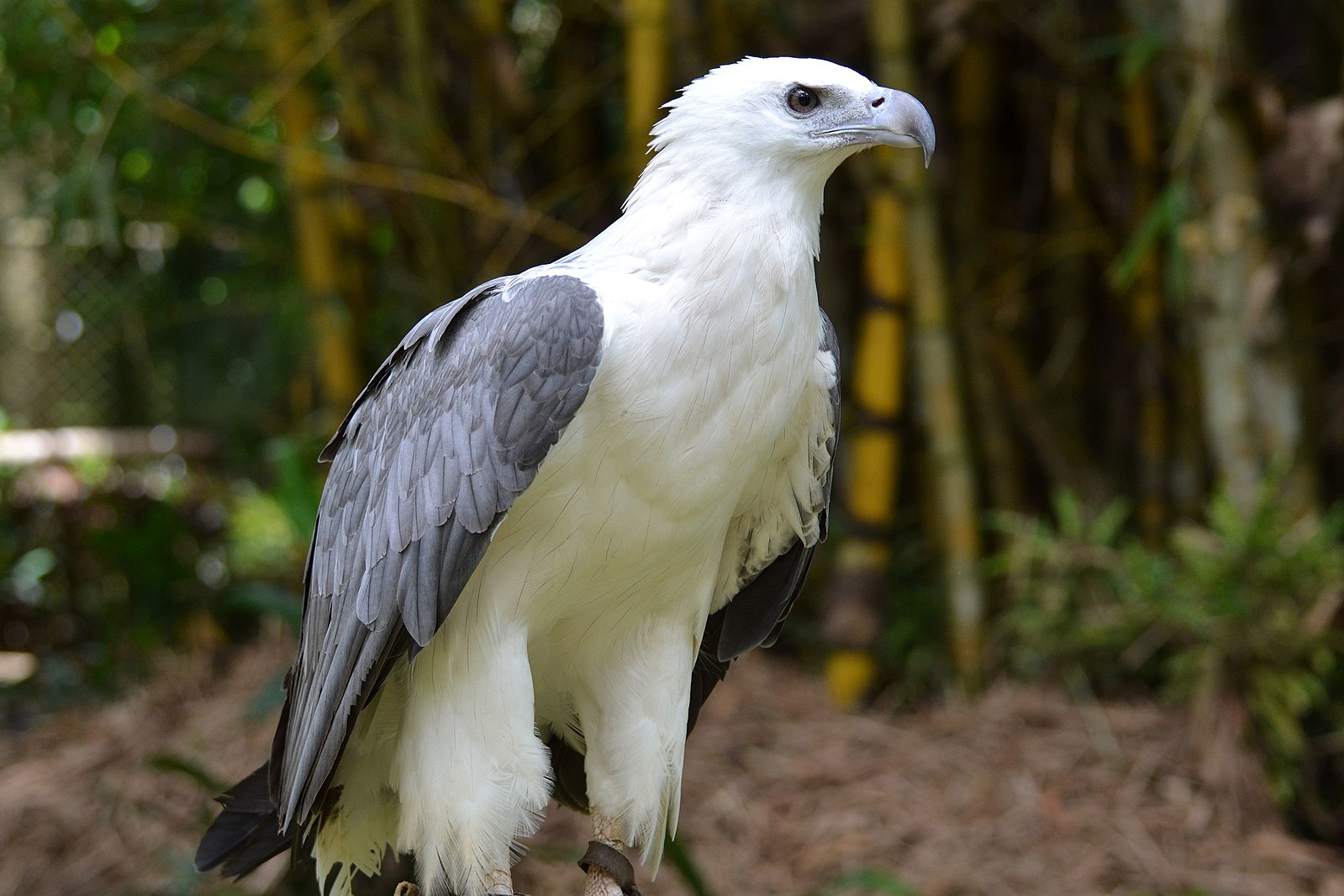White-bellied sea eagles (Haliaeetus leucogaster) are a species of large diurnal birds of prey that are found in coastal areas, islands, and estuaries, as well as in large inland water bodies, lakes, rivers, and wetlands. Despite being relatively abundant in some regions, these majestic birds have declined in parts of southeast Asia and southeastern Australia due to various threats to their habitat and survival.
Habitat Loss and Disturbance
The primary threat to white-bellied sea eagles is the loss and disturbance of their natural habitat. These birds rely on large, mature trees for nesting, and the removal of these trees for development, logging, or other human activities can have a devastating impact on their breeding success. Additionally, human activities such as recreational boating, fishing, and development near their nesting sites can cause significant disturbance, leading to nest abandonment and reduced breeding success.
Pollution and Environmental Contamination
 Image source: bellied sea eagle by shankar s
Image source: bellied sea eagle by shankar s
White-bellied sea eagles are also threatened by pollution and environmental contamination. These birds are apex predators, which means they occupy the top of the food chain. As a result, they are vulnerable to the accumulation of toxins and pollutants in their prey, such as lead from ammunition, pesticides, and other contaminants. This can lead to health issues, reduced reproductive success, and even death.
Collision with Man-made Structures
Another threat to white-bellied sea eagles is the risk of collision with man-made structures, such as power lines and wind turbines. As these birds soar and hunt, they can inadvertently collide with these structures, leading to injury or death. This is a particular concern in areas where their habitat overlaps with human development and infrastructure.
Hunting and Persecution
In some regions, white-bellied sea eagles are also threatened by hunting and persecution. These birds may be targeted for their perceived threat to livestock or fisheries, or for their feathers and other body parts, which may be used in traditional medicine or cultural practices. This direct persecution can have a significant impact on local populations.
Conservation Efforts
To address the threats facing white-bellied sea eagles, various conservation efforts have been implemented in different regions. These efforts include:
- Habitat protection and restoration: Protecting and restoring the natural habitats of white-bellied sea eagles, including nesting sites and foraging areas, is crucial for their conservation.
- Reducing human disturbance: Implementing measures to minimize human activities and development near known nesting sites can help reduce disturbance and improve breeding success.
- Addressing pollution and contamination: Reducing the use of lead ammunition, pesticides, and other pollutants can help mitigate the impact of environmental contamination on these birds.
- Monitoring and research: Ongoing monitoring and research on white-bellied sea eagle populations, their habitat requirements, and the threats they face can inform conservation strategies and guide management decisions.
- Public education and awareness: Educating the public about the importance of white-bellied sea eagles and the threats they face can help build support for conservation efforts and reduce harmful practices.
Conclusion
White-bellied sea eagles are an iconic and ecologically important species, but their populations have declined in parts of their range due to a variety of threats. By addressing the primary threats of habitat loss and disturbance, pollution and environmental contamination, collision with man-made structures, and hunting and persecution, we can work to protect and conserve these magnificent birds for generations to come.

